What is Protective Textile?
Protective textile used to be protected the human body from environmental hazards. The main purpose of it is to improve people safety in their workplaces. A protective fabric can save a worker’s life. The aim of protective textile product isn’t fashion; it’s designed to get extra values in protection, against various types of hazards. Besides, protective textile is a great application of technical textile.
Requirements of Protective Textiles:
There are some special requirements of the clothing performance in a specific human, clothing, and environment system. The protective textiles perform three functions:
- Protection: Protect wearer from environmental hazards, and this is the primary purpose of protective textiles.
- Clothing comfort: Provide human comfort including tactile comfort and thermal comfort.
- Mobility: Maintain human mobility while the wearer carries out certain tasks.
Protective textiles are designed for use in defined environments to protect user from targeted environmental hazards. There are some typical examples are shown below:
- Mechanical hazards: Abrasion, cut, puncture, bullet impact, explosion fragment, etc.
- Thermal hazards: Flame, fire, infrared heat, radiation heat, hot gases, steam, wind, ice, snow, deep sea water, liquid gases, cold surface, etc.
- Water: Rain, snow, water vapour, sea-water, waste-water, ice, etc.
- Chemical hazards: Petrol, oil, alkali, acids, salt, heavy metals, toxic, flammable, explosive, etc. solvent chemicals.
- Biochemical & biological hazards: Bacterial, virus, body fluid, etc.
- Electrical hazards: High voltage, electricity, lightning, electrical spark, etc.
- Electromagnetic wave hazards: Infrared, UV, laser, invisible light, sunlight, high intensity light, etc.
- Acoustic hazards: Low & high frequency noise, ultra-sound, explosive waves, etc.
- Radioactive hazards: X‐ray, beta ray, gamma ray, etc.
- Industrial hazards: Hot metal liquids, welding arc, spark, saw, squeeze, etc.
Application of Textile Materials for Protective Textile:
The first initiative in choosing the protective textile, is to determine the hazard, evaluate the potential for exposure and select the degree of the protection required. There are different types of textile material which is used as protective textile, based on their end uses:
- Clothing against heat and flame.
- Clothing against mechanical inputs.
- Fireman’s protective clothing.
- Clothing against foul weather (moisture, wind).
- Clothing against cold.
- Clothing against chemical substances (gases, liquids, particles).
- Clothing against radioactive contamination.
- Protective clothing against electro static charges
- High visible warning clothing.
- Projectile protection clothing.
- Protective gloves against mechanical and thermal hazards,etc.
All points are described briefly.
A. Clothing against heat and flame or Thermal protective clothing:
Thermal protective clothing is designed to provide protections from hazardous thermal environments. A combination of several layers and the air gap between it, prevents the transfer of thermal energy to the skin.
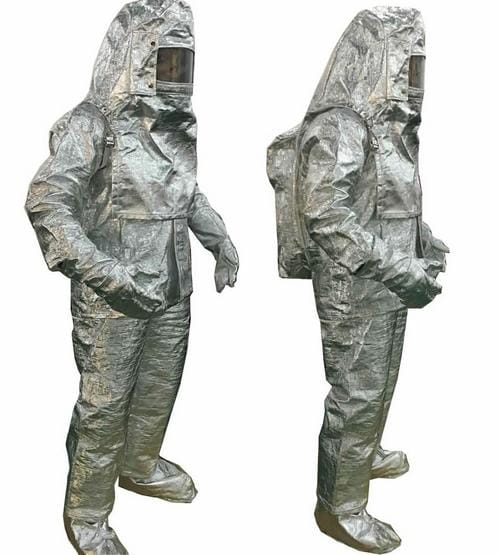
B. Clothing against mechanical inputs or Mechanical protective clothing:
The mechanical performance of fibres have hybrid yarns in their interlacing mode of convey to the textile material, a personal protective function against different risk such as ballistic, puncture, projection of fragments, knives, etc.
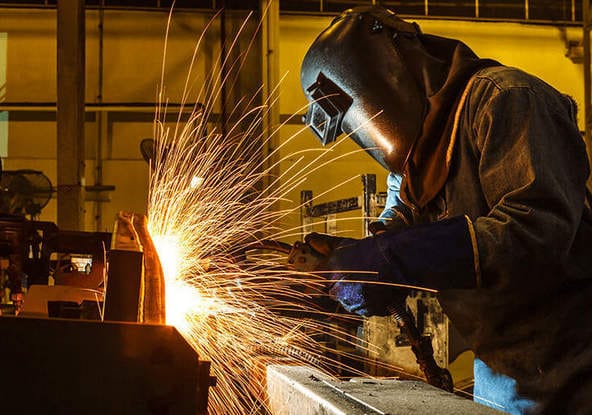
C. Clothing against fire or Fire protective clothing:
Good fire protection will obtain through the use of thermo stable fire-resistant materials. It’s ensuring the certain degrees of freedom of comfort for the as in the case of fire fighting suit. The system includes with the suit, coat, pants, underwear, helmet, gloves, boots, station wear uniforms, etc. The structural fire protective clothing is made of three layers: outer layer, vapour barrier and the thermal barrier.
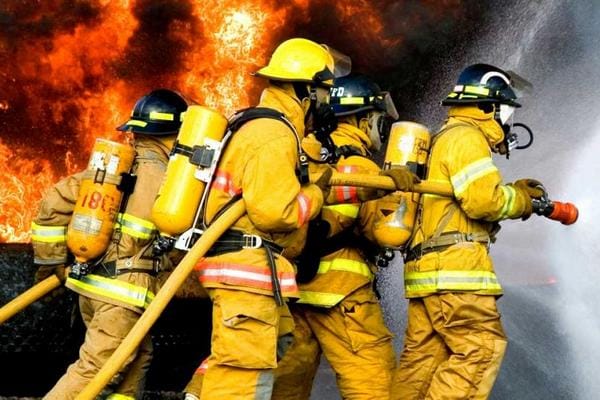
D. Clothing against cold or Cold protective clothing:
Wool and silk are the best natural fibers against protection of cold weather. In cold protective clothing, synthetic fabrics such as polypropylene work the best. Polypropylene wicks moisture away and insulates even when it’s wet.

E. Clothing against chemical substances (gases, liquids, particles) or Chemical protective clothing:
It’s is more especially in case of chemical, photography, automotive, aeronautics and agricultural industry. It is also in case of military field also.
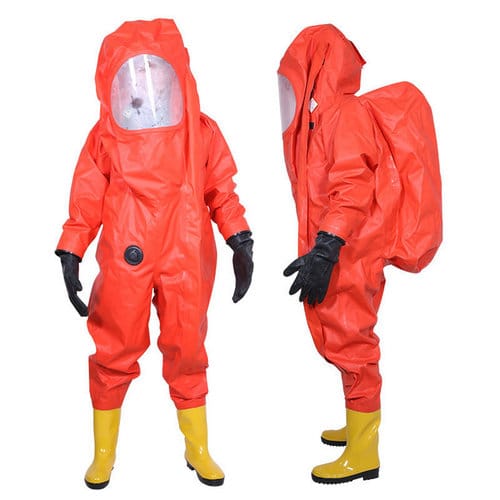
F. Clothing against radiation or UV protective clothing:
The Ultra Violate radiation (UVR) is responsible for deterioration in useful properties and service life of materials like textiles, furniture, electronic parts and construction materials. Only possible solution to this problem is to carry out the outdoor activities under flexible textile protective structures, which can block the harmful UVR.
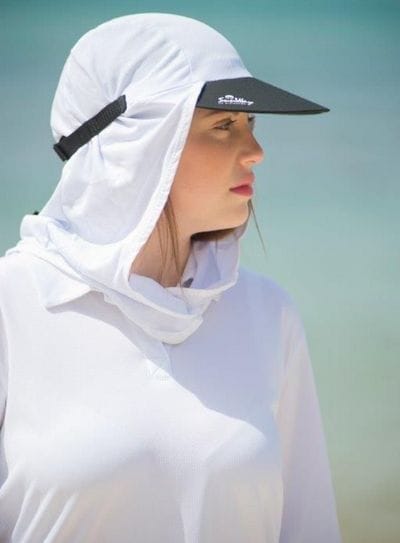
G. Protective clothing against electro static charges or Electro static protection:
Electro static protection is given by using special textile fabrics made of intimately blended metal and textile fibres. It is an effective way to control static charges. Continuous multi-filament metal fibres can be woven in to fabric to control static electricity.

H. Projectile protection clothing or Ballistic protective clothing:
Ballistic protection clothing provides a soldier’s the body and eyes against projectiles with various shape, size and impact velocity. The amor is to dissipate the energy of the fragments through stretching & breaking the yarns in the many layers of high-performance fabrics in the ballistic vests.
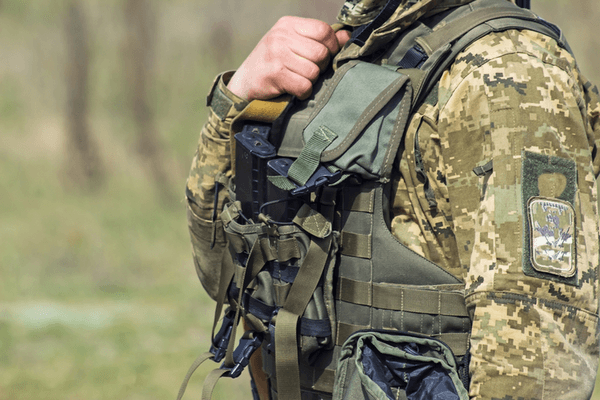
I. Protective gloves against mechanical hazards or Cut resistant fabrics:
Cut Resistant Fabrics is necessary to protect ourselves from accidental injury from sharp metal, knives, sharp metal and glass. The cut resistant fabric can save us from handling sheet metal.
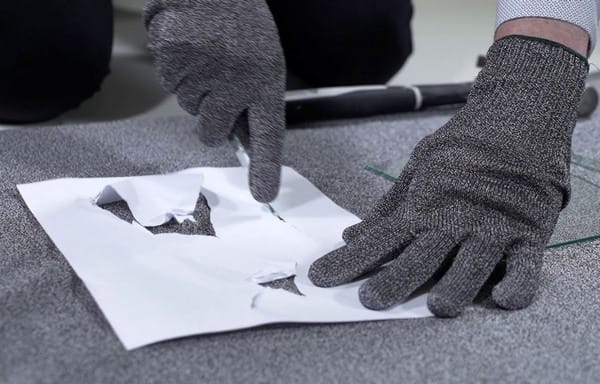
Conclusion:
Protective textile products are growing demand within the previous few decades. The driving forces of this consistent growth are the increasing emphasis on the reduction of occupational hazards and therefore the assurance of safety, and protection of the workforce.
Government regulations of workplace safety with international labour safety standards, increasing the demand of protective textiles from every industry supports the market growth of this sector.
You may also like: Personal Protective Equipment (PPE): Blessings of Medical Textile
The various diversity of protective textiles like, defense, manufacturing & construction, mining, oil and gas, space exploration, healthcare, emergency services, etc. It’s used in dangerous environments like: battlefields, mining sites, healthcare, etc. Protective textiles enable users to avoid risks and reduce the number of work accidents.
European Union and America accounted for the very best share within the global protective textiles market. Rising demand from healthcare sector, mining, defense, and chemical industries would supplement market growth within the region. The protective textile market is receptive to innovative new products. So, there’s opportunity to increase us diversify our RMG industry.
References:
- High Performance Technical Textile by Roshan Paul
- https://en.wikipedia.org/wiki/Technical_textile
- https://indiantextilejournal.com/articles/FAdetails.asp?id=321
- https://indiantextilejournal.com/articles/FAdetails.asp?id=321
- https://www.marketwatch.com/press-release/protective-textile-market-outlook-future-scope-demands-and-projected-industry-growths-to-2026-2020-05-26
Author of this Article:
Md Mahedi Hasan
B.Sc. in Textile Engineering
Textile Engineering College, Noakhali.
Email: mh18.bd@gmail.com
